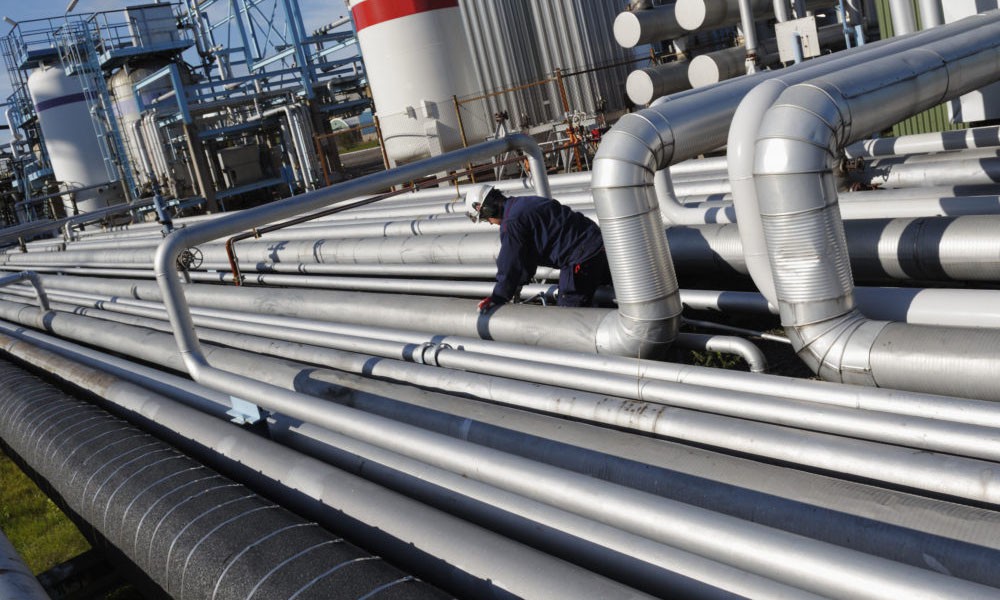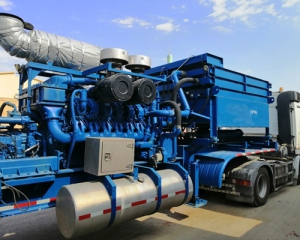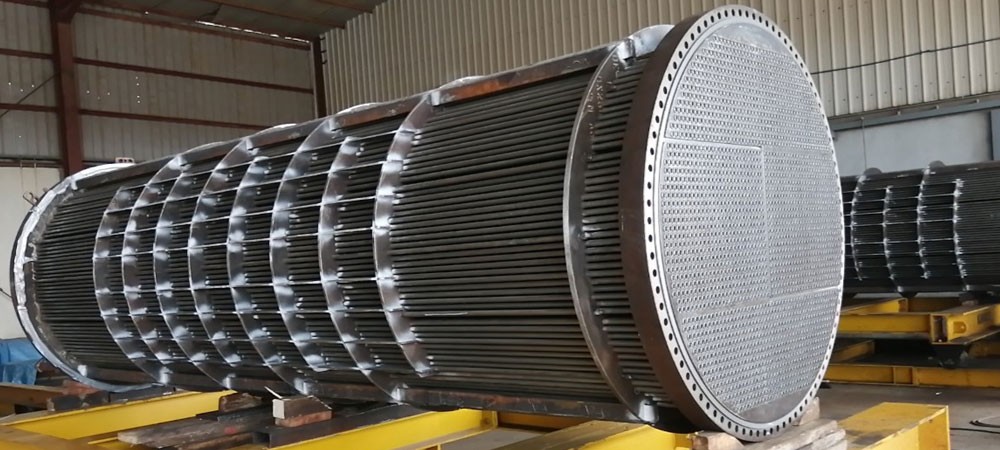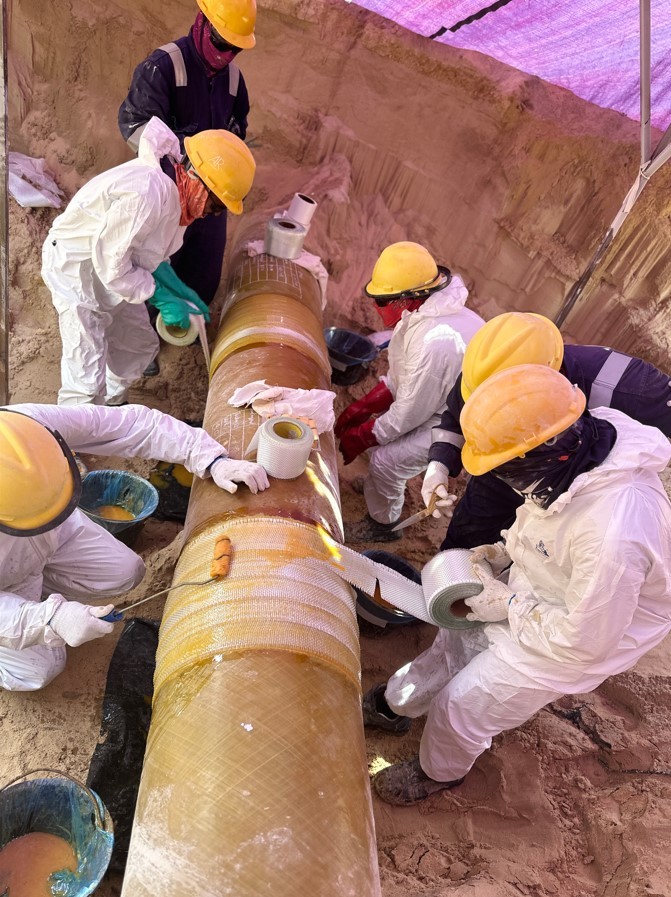Thermal insulation of Oil & Gas Equipment

Thermal insulation of Oil & Gas Equipment
Thermal insulation reduces heat transfer between solid objects, fluids, or gases by introducing a barrier between them. Insulation can be critical for a range of industries including energy, industrial, medical, and more. These complex applications demand optimal thermal environments for efficient performance. They use a variety of insulation technologies to solve thermal challenges within their system.
How does thermal insulation work?
Thermal insulation materials limit the rate of heat flow between objects or substances. Materials with the lowest thermal conductivity will provide the highest performance insulation. In addition to thermal conductivity, other physical properties may be considered when selecting insulation materials, such as:
- Density
- Thickness
- Specific heat capacity
- Thermal resistance
- Thermal diffusivity
Some of the most common thermal insulators are fiberglass, mineral wool, polyurethane foam, and polystyrene. Some of the highest-performing thermal insulators include aerogel, pyrogel, and advanced vacuum insulation.
Double-wall insulation
Gases are poor conductors of heat because their molecules are far apart. It is possible to use air as an insulator by trapping it between two solid material layers. Double-wall insulation refers to systems that trap gas to form a thermal barrier. For example, an insulated glass unit or thermal window utilizes this technique to slow down heat transfer. These windows feature two or three layers of glass with a sealed space in between. These spaces are filled with argon or other gases that are especially poor conductors of heat, thereby reducing convective and conductive heat exchange through the window.
Vacuum insulation
Vacuum insulation is similar to double-wall insulation and provides more powerful and longer-term temperature control. Instead of filling the gap with gas, the gap between the walls is evacuated as much as possible. By removing the air molecules, convective and conductive heat transfer is minimized. Advanced vacuum insulation is often sought after for systems that require the best possible thermal energy efficiency, or for systems in which more conventional insulation materials might experience degradations in performance or durability.
Insulating against radiation
In cases where insulation is required against radiation, reflective materials with low emissivity can be used. Emissivity is a property that measures the effectiveness of the material in emitting thermal radiation. Aluminum foil is a common example of a reflective material. More advanced materials are used to reflect radiation in ultra-high temperature and critical applications.
Example of insulating against radiation
When food is hot, it emits infrared radiation. If aluminum foil is wrapped around the food, the foil will reflect the radiation back towards the food. As a result, the food retains thermal energy and maintains a hotter temperature for a longer period of time.
Vacuum super insulation with MLI
Vacuum super insulation (VSI) refers to vacuum insulated systems that also include multi-layer insulation. Multi-layer insulation (MLI) is an advanced thermal insulation material used to reflect significant amounts of radiation heat transfer.
What is Thermal Insulation Used For?
Thermal insulation helps maintain the desired environment by preventing heat loss from any given system. Proper insulation can have a range of benefits, including increased energy efficiency and reduced energy costs. For example, insulating homes can offer lower annual heating and cooling costs for owners. Similarly, in a process plant, an insulated pipe can prevent the stream of fluid from transferring heat to surrounding environments and deliver the fluid at the desired outlet temperature.
While these are some of the primary use cases, effective thermal insulation plays a significant role in ensuring efficient and safe operations across a wide variety of industries, including oil & gas, petrochemical, food & beverage, manufacturing, and power plants.
The Final Layer
Thermal insulation is necessary for a range of applications that require optimum thermal environments. While many applications can operate with more conventional insulation materials, thermally demanding applications require advanced insulation to ensure efficient operations. High-performance thermal barriers such as advanced vacuum insulation can provide the desired thermal performance and thermal energy savings.





